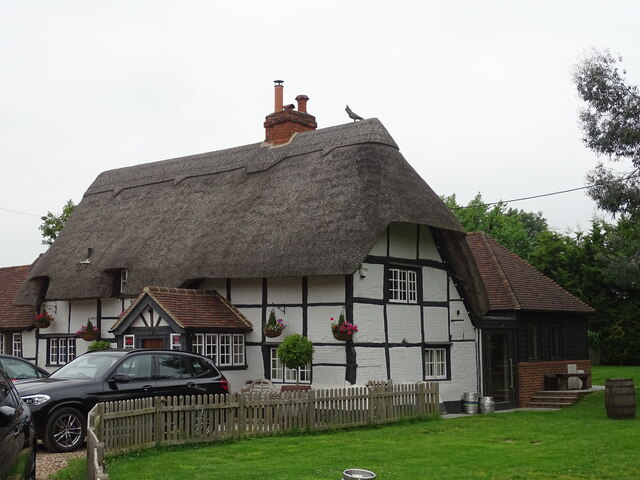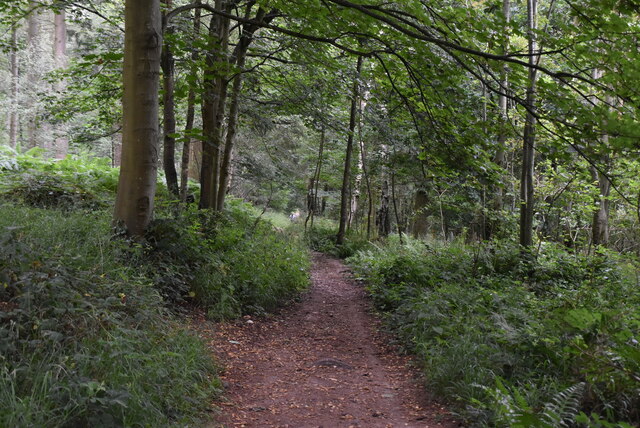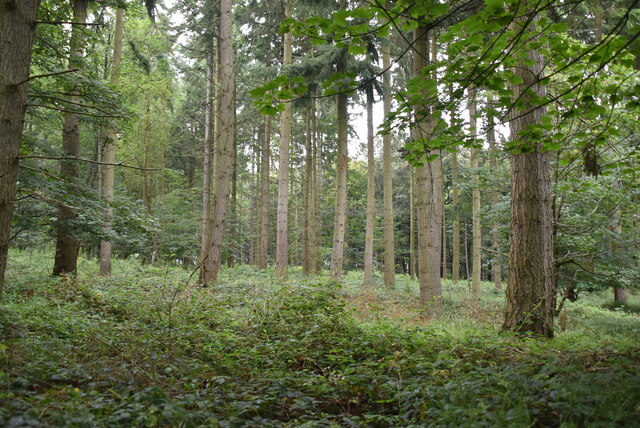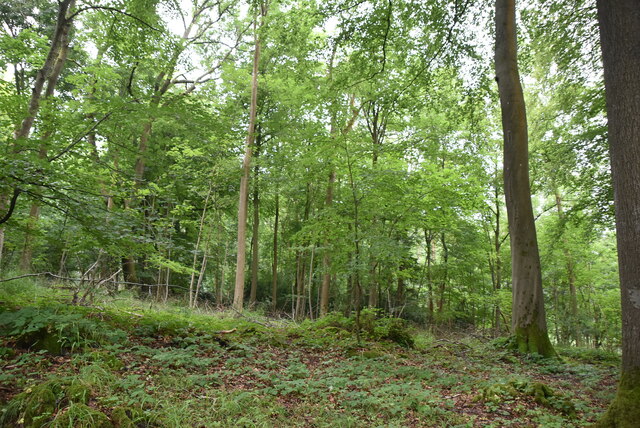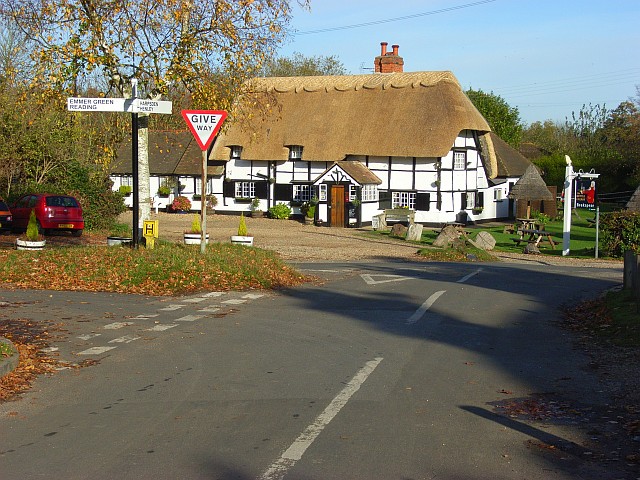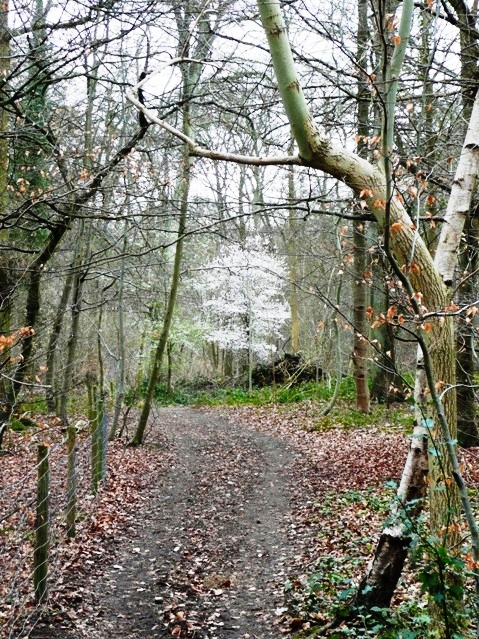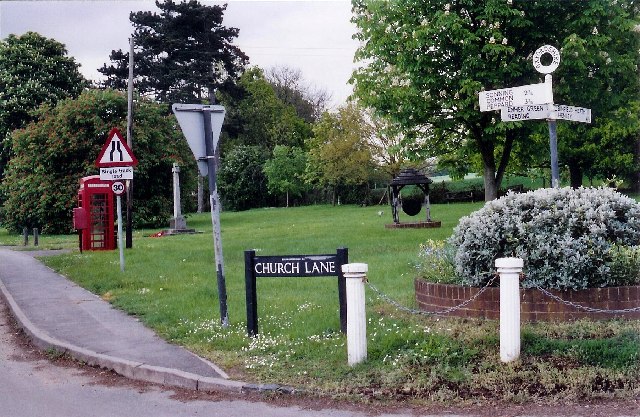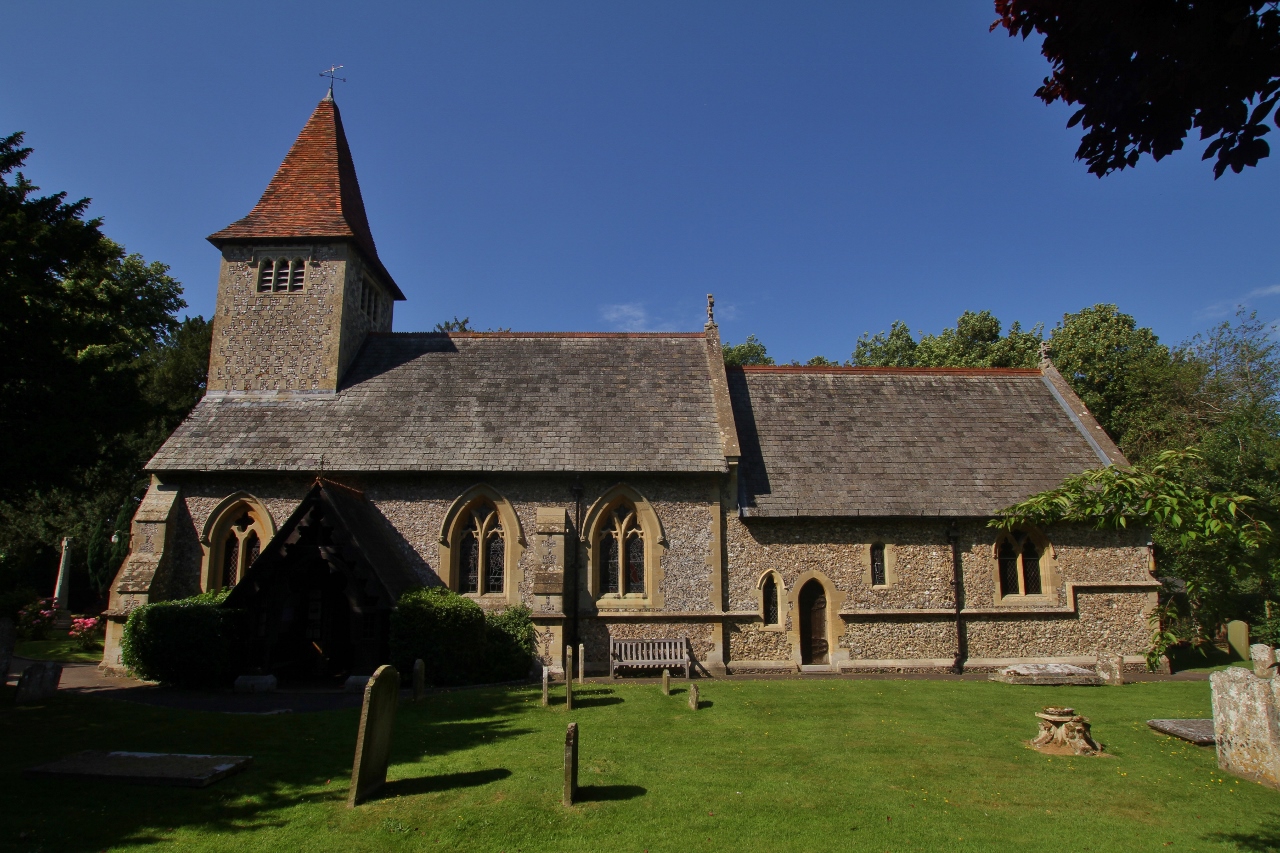Bones Wood
Wood, Forest in Oxfordshire South Oxfordshire
England
Bones Wood

Bones Wood is a picturesque forest located in Oxfordshire, England. Situated in the heart of the county, it covers an area of approximately 100 acres, making it an ideal destination for nature enthusiasts and outdoor adventurers.
The wood is named after the abundance of skeletal remains discovered in the area, dating back to medieval times. These bones were likely remnants of animals that roamed the forest centuries ago, creating an intriguing historical connection to the woodland.
Bones Wood boasts a diverse range of flora and fauna, providing a rich habitat for various species. Visitors can expect to encounter ancient oak trees, beeches, and birches, which form a dense canopy overhead, casting enchanting shadows on the forest floor. The woodland is also carpeted with an array of wildflowers during spring and summer, creating a vibrant and colorful landscape.
The forest is crisscrossed with a network of well-maintained walking trails, allowing visitors to explore its natural beauty at their own pace. These trails lead to hidden glades, babbling brooks, and small ponds, adding to the tranquil ambiance of the wood. The dense vegetation and towering trees provide a peaceful retreat, offering a respite from the bustling city life.
Bones Wood is a haven for wildlife enthusiasts as well, with the possibility of spotting deer, foxes, and a variety of bird species. It is a popular destination for birdwatching, especially during the spring and autumn migration seasons.
Overall, Bones Wood is a captivating forest that combines history, natural beauty, and a sense of tranquility. It is a must-visit destination for those seeking solace in nature or wishing to immerse themselves in the captivating wildlife of Oxfordshire.
If you have any feedback on the listing, please let us know in the comments section below.
Bones Wood Images
Images are sourced within 2km of 51.511709/-0.93542473 or Grid Reference SU7379. Thanks to Geograph Open Source API. All images are credited.
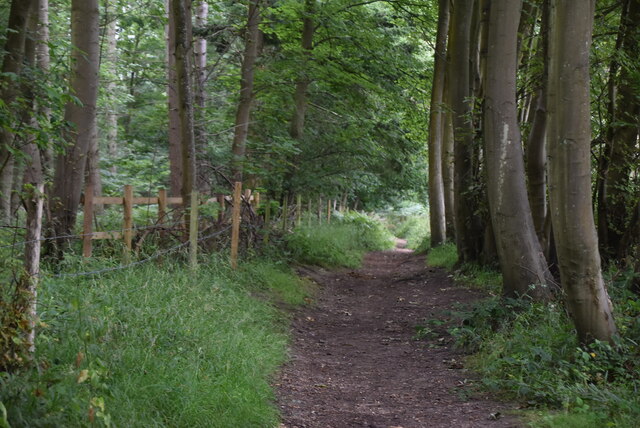




Bones Wood is located at Grid Ref: SU7379 (Lat: 51.511709, Lng: -0.93542473)
Administrative County: Oxfordshire
District: South Oxfordshire
Police Authority: Thames Valley
What 3 Words
///dried.enrolling.loser. Near Sonning Common, Oxfordshire
Nearby Locations
Related Wikis
Binfield Heath
Binfield Heath is a village and civil parish in South Oxfordshire, England, 2+1⁄2 miles (4 km) south-southwest of Henley-on-Thames and 3+1⁄2 miles (6 km...
Crowsley Park
Crowsley Park is a 160-acre (65 ha) country estate in South Oxfordshire, central-southern England, owned by the British Broadcasting Corporation (BBC)...
Holmwood, Binfield Heath
Holmwood is a country house in the village of Binfield Heath in Oxfordshire, England. It is situated on Shiplake Row in the village of Binfield Heath near...
Gillotts School
Gillotts School is a coeducational secondary school with academy status in Henley-on-Thames, Oxfordshire, England. The school is sited on a 33 acre verdant...
Harpsden Wood
Harpsden Wood is a 29.4-hectare (73-acre) biological Site of Special Scientific Interest south of Henley-on-Thames in Oxfordshire. It is owned by the Woodland...
Dunsden Green
Dunsden Green or Dunsden is a village in the civil parish of Eye & Dunsden in the South Oxfordshire ward of Sonning Common, about 3 miles (5 km) northeast...
Rotherfield Peppard
Rotherfield Peppard (often referred to simply as Peppard by locals) is a village and civil parish in the Chiltern Hills in South Oxfordshire. It is centred...
Harpsden
Harpsden is a rural and semi-rural village and civil parish immediately south of Henley-on-Thames in South Oxfordshire, Oxfordshire, England. Its scattered...
Nearby Amenities
Located within 500m of 51.511709,-0.93542473Have you been to Bones Wood?
Leave your review of Bones Wood below (or comments, questions and feedback).
